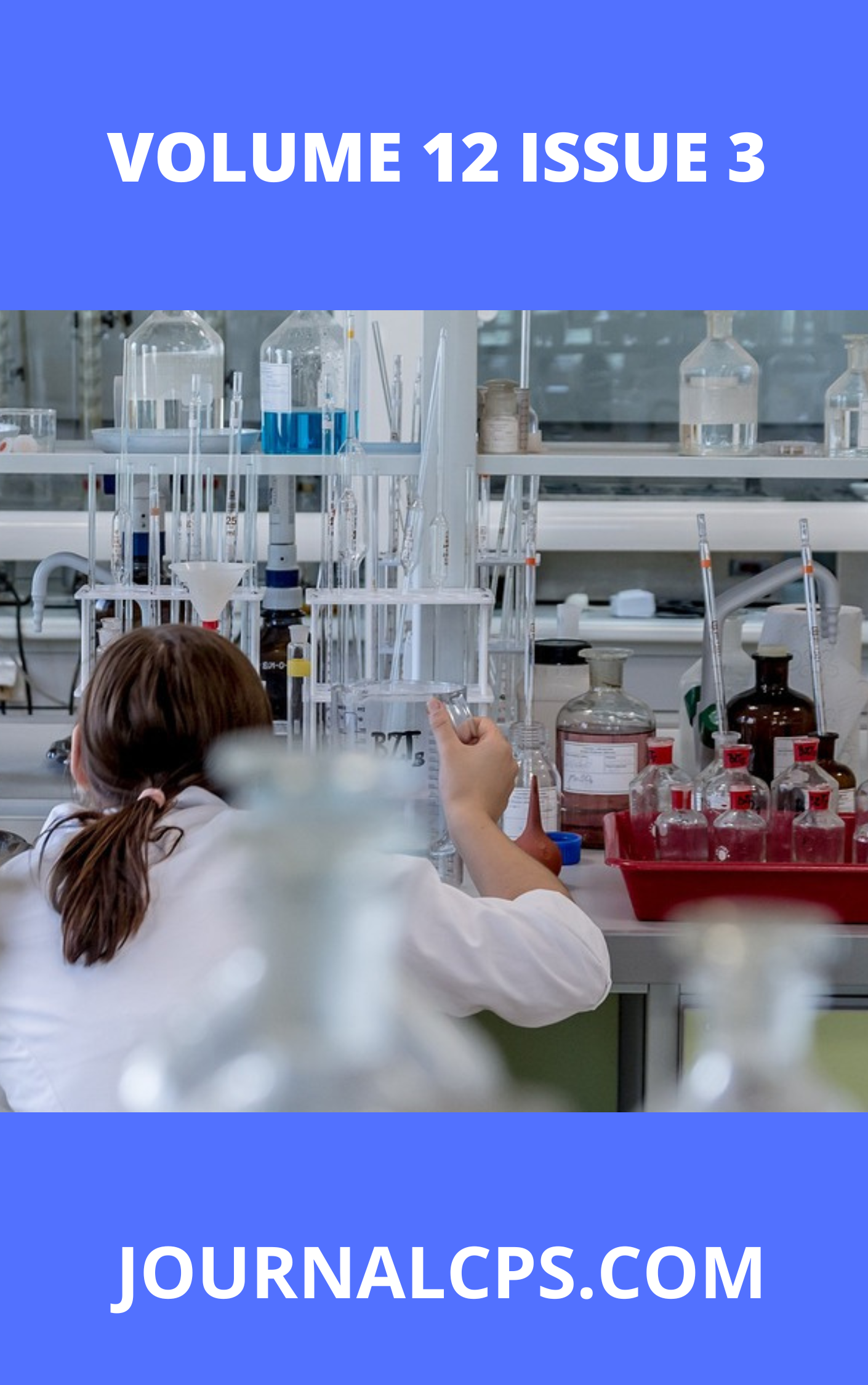Determination of Some Physicochemical Properties, Heavy Metals and Micronutrients of Some Energy Drinks Available in Nigeria
Keywords:
Energy drinks, Heavy metals, Micro nutrients, physicochemical propertiesAbstract
This study investigates the concentrations of selected elements in energy drinks and assesses their compliance with international safety standards. Energy drinks have gained widespread popularity, but concerns regarding the presence of heavy metals and their potential health risks necessitate rigorous scientific evaluation. This study aimed to determine the levels of copper (Cu), iron (Fe), manganese (Mn), zinc (Zn), and chromium (Cr) in commercially available energy drinks and evaluate their potential health implications. A total of 30 energy drink samples were analyzed using atomic absorption spectrophotometry (AAS) and energy dispersive x-ray fluorescent (EDXRF) . Statistical analyses, including correlation analysis, chi-square tests, and multiple regression, were performed to identify significant relationships between elements and deviations from World Health Organization (WHO) permissible limits. The results showed that Mn had a strong positive correlation with Cu (r = 0.686, p < 0.01), while Fe and Zn exhibited no significant influence on Mn concentrations. The chi-square test revealed that some elements exceeded WHO-recommended limits, with Cu and Mn concentrations in certain samples posing potential health risks. Multiple regression analysis indicated that Cu significantly predicted Mn concentration (β = 0.686, p = 0.001), explaining 48.8% of the variance (R² = 0.488). In contrast, the regression model for Zn showed no significant predictive power (R² = 0.018, p = 0.936), indicating weak associations between Zn and other elements in the energy drinks. These findings highlight the need for stricter regulatory monitoring and enforcement to ensure that elemental concentrations in energy drinks remain within safe limits. Manufacturers should enhance quality control measures to prevent contamination and safeguard consumer health. Further research is recommended to explore additional factors influencing heavy metal accumulation in energy drinks, including ingredient sourcing, production methods, and storage conditions.
Downloads
Published
Issue
Section
Similar Articles
- G. U. Kaior, N. J. Nwodo, U. S. Oruma, A. Ibezim, A. E. Ochonogor, K. K. Onyia, Nnamdi L. Obasi, Structural, Antimicrobial and in Silico Studies of Some Schiff Bases of Trans-paramethoxycinnamaldehyde Derivatives , Communication In Physical Sciences: Vol. 5 No. 4 (2020): VOLUME 5 ISSUE 4
- Izuagbe Gilbert Osigbemhe, Essential Oil Composition and Anti-Microbial Activity of Zyzgium aromaticum (l) merril and Percy [fam. Myrtaceae] Using Hydro-Distillation and Solvent Extraction Methods , Communication In Physical Sciences: Vol. 12 No. 4 (2025): VOLUME1 2 ISSUE 4
- Comfort M. Ngwu, Adeniji Moshood Oluwaseyi , Chioma Ikechi Harbour , The Effects of Microplastics and its Additives in Aquatic Ecosystem - A Review , Communication In Physical Sciences: Vol. 10 No. 2 (2023): VOLUME 10 ISSUE 2
- Olalekan Lawrence Ojo, Joseph Sunday Ojo, Omotoyosi Omotayo Omoyele, Statistical Characterization of Surface Duct Conditions and their Implications on Microwave Propagation Over Lagos, Nigeria , Communication In Physical Sciences: Vol. 11 No. 4 (2024): VOLUME 11 ISSUE 4
- Eteyen A. Uko, Emem I. Ntekpere, Microbial Contamination of Infant Diapers , Communication In Physical Sciences: Vol. 6 No. 1 (2020): VOLUME 6 ISSUE 1
- S. Sani , I. T Siraj , Copper(II) and Zinc(II) Complexes Synthesized by Green Mechanochemical Method and their Antimicrobial Studies , Communication In Physical Sciences: Vol. 7 No. 2 (2021): VOLUME 7 ISSUE 2
You may also start an advanced similarity search for this article.




